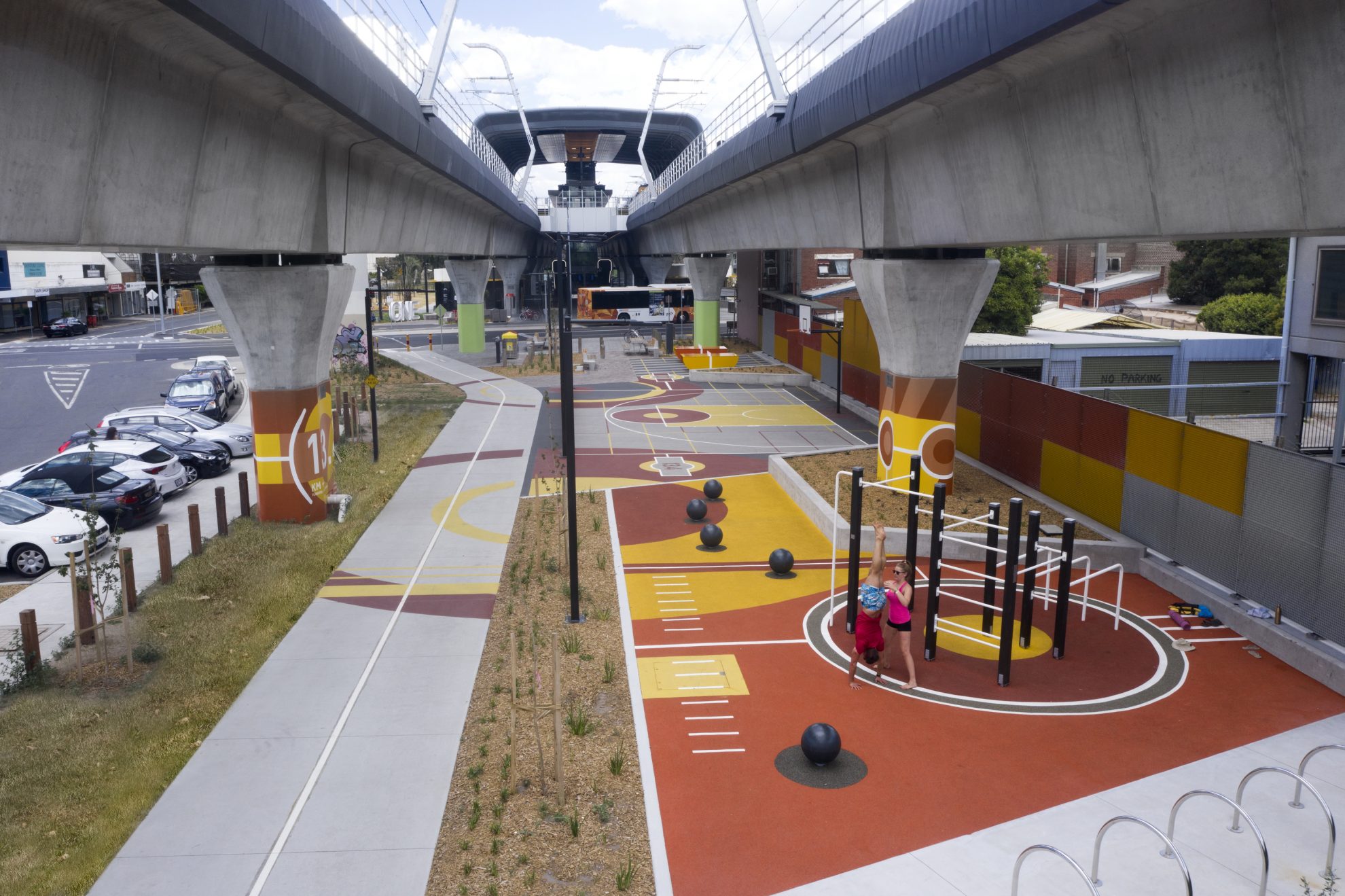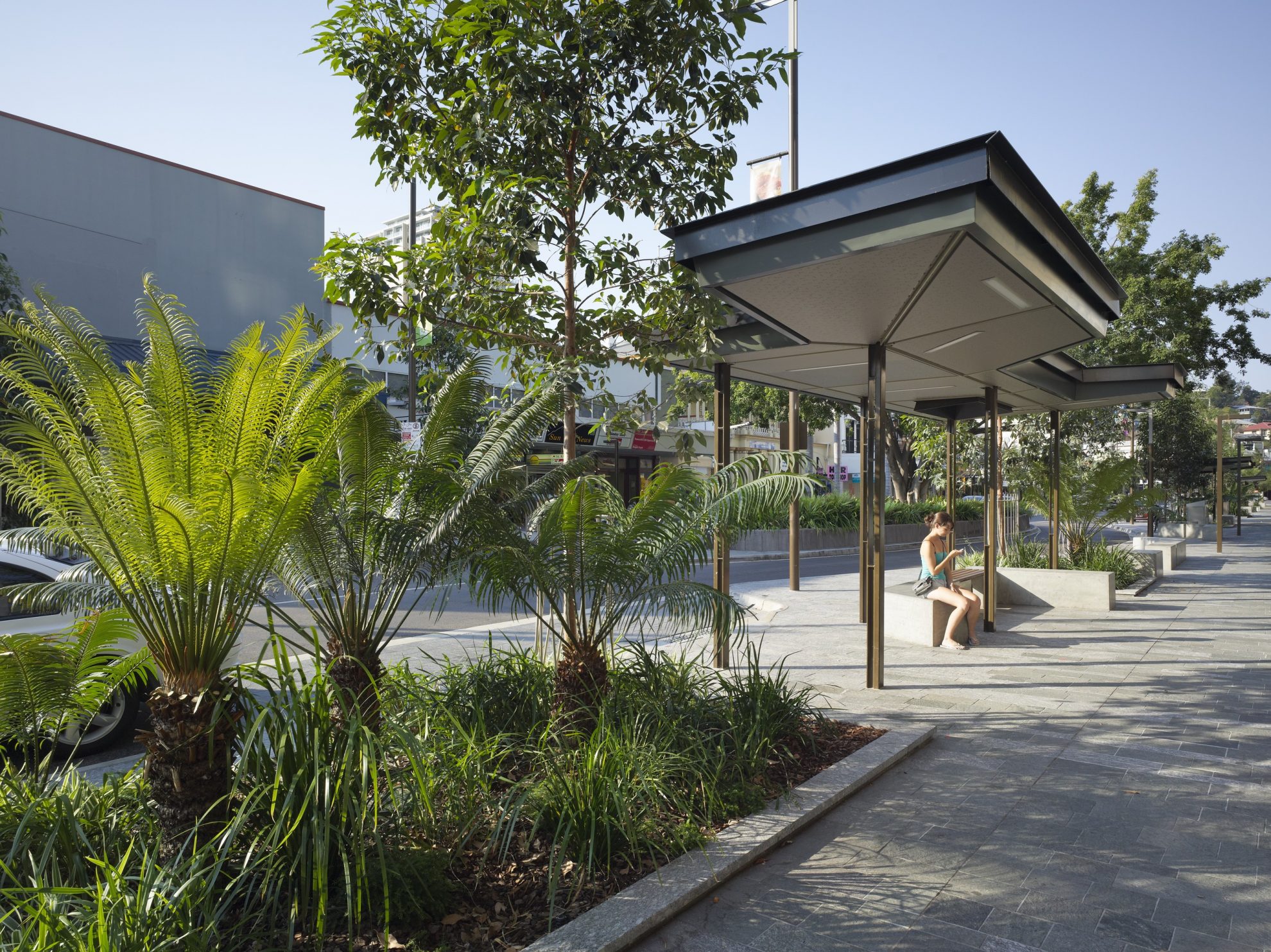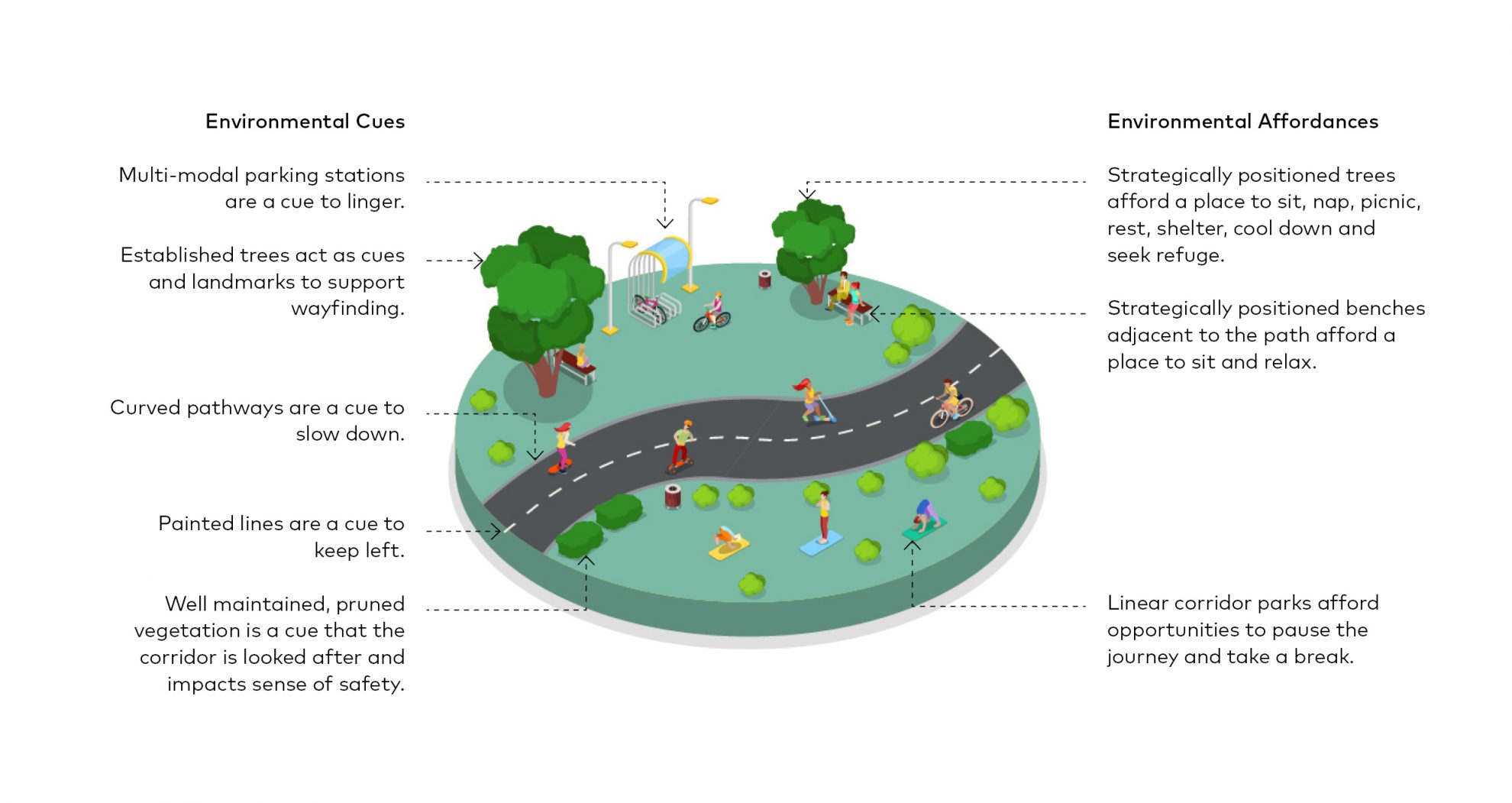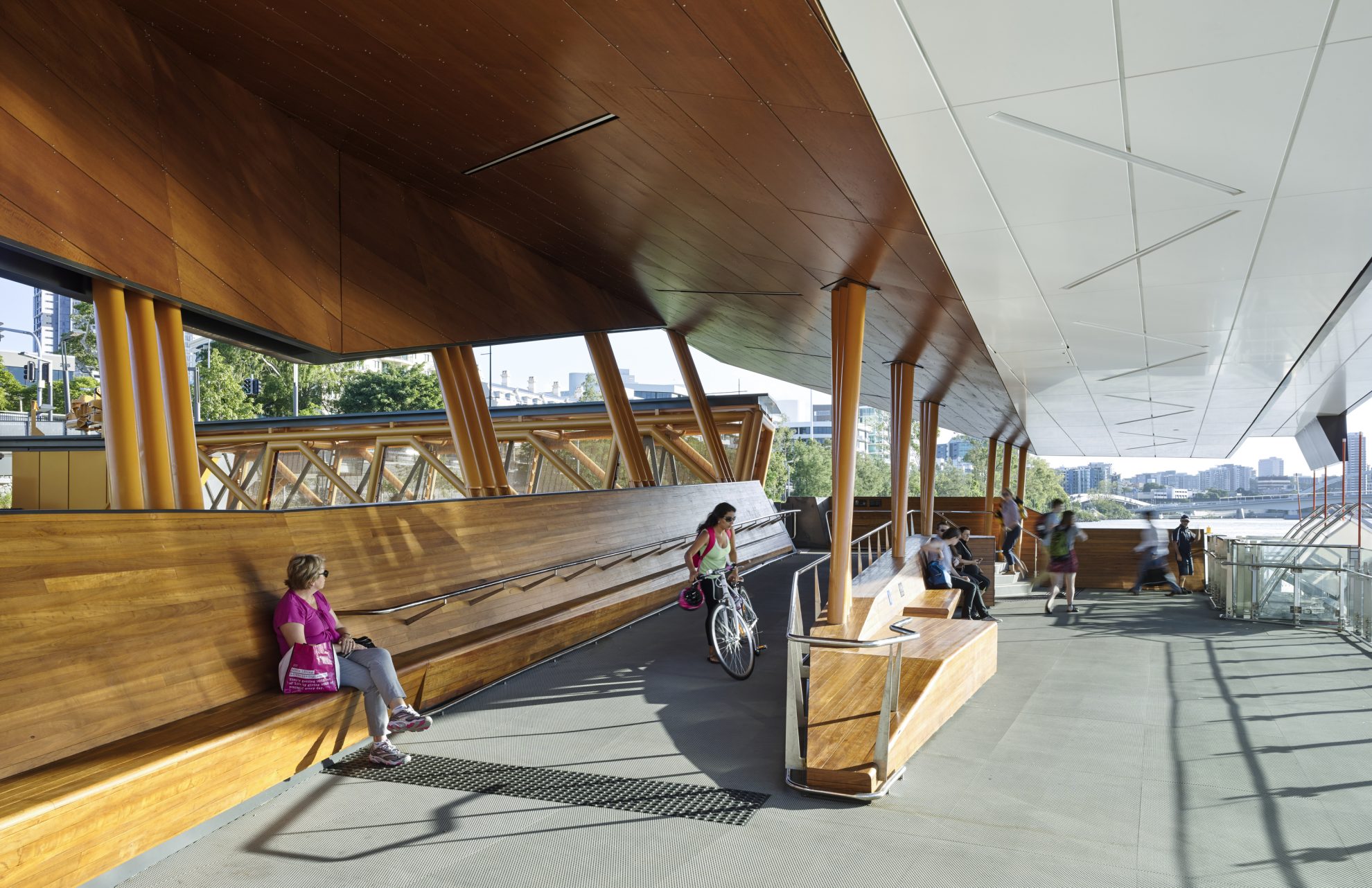Active Transport Corridors: A Place-Based Approach

In Urban Design & Planning, the concept of active transport is gaining momentum. It’s not just about getting from point A to point B; it’s about how we move through our cities in ways that promote health, sustainability, and a deeper connection to the spaces we inhabit.
COX’s recently completed research Paper, Active Transport Corridors: A Place-Based Approach, explores how integrating active travel and micro mobility into our daily lives is reshaping urban environments.
What is Active Transport?
Active transport is more than just a buzzword; it’s a holistic approach to urban mobility. It includes both active travel—like walking, cycling, and rollerblading—and micromobility, which encompasses lightweight, personal vehicles such as electric scooters and bikes.

Placemaking Strategies for Active Transport Corridors
To unlock the potential of active transport corridors, urban planners are turning to placemaking strategies rooted in research. These strategies are designed to enhance the experience of moving through these corridors, influencing satisfaction, safety, and overall usability.
For instance, the Flinders Street Revitalisation project demonstrates how the strategic placement of seating and street furniture can transform a corridor into a welcoming space for rest and social interaction. By offering opportunities to pause, relax, and engage with the environment, these design choices encourage more frequent and enjoyable use of active transport options.
[below: Flinders Street Revitalisation Project]

Similarly, the Caulfield to Dandenong Level Crossing Removal Project illustrates the importance of protected intersections and crossings. This corridor, which is completely separated from traffic, provides a safe and comfortable environment for multi-modal users, demonstrating how infrastructure can be designed to minimise conflict between different modes of transport.
Key elements of placemaking strategies include:
• Environmental Cues: Visual, tactile, and auditory signals that guide and motivate users. For example, curving pathways naturally slow down traffic, while clear signage keeps users on the correct path.
• Environmental Affordances: Physical features that invite specific activities, like strategically placed benches that encourage rest and social interaction.

Movement & Place Framework
Using the NSW Movement and Place Guide as a foundation, our research identified five key qualities to optimise the value of active transport corridors:
- Comfort & Safety: Features like clear sightlines, protected intersections, and good lighting ensure ease and security for all. The Jim Stynes Bridge illustrates this with ample illumination and generous path widths accommodating pedestrians and cyclists alike.
- Amenity & Use: Corridors thrive with practical features like bike parking, restrooms, and charging stations. The Singapore Civic District Public Realm Master Plan exemplifies this by encouraging diverse use and seamless multi-modal integration.
- Character & Form: Design should reflect local identity, blending culture, heritage, and easy navigation. The Singapore Civic District also excels here, connecting landmarks while honouring the district’s rich history.
- Access & Connection: Effective corridors link key destinations—workplaces, shops, and transport hubs. The Caulfield to Dandenong Level Crossing Removal Project demonstrates how strategic connections boost active transport appeal.
- Green & Blue Spaces: Natural elements enhance aesthetics and wellbeing. Projects like Thuringowa Riverway Arts Centre and Brisbane’s Flood Resilient Ferry Terminals integrate greenery and water, offering moments of rest and connection to nature.
[below: Brisbane Flood Resilient Ferry Terminals]

Access the full report below: